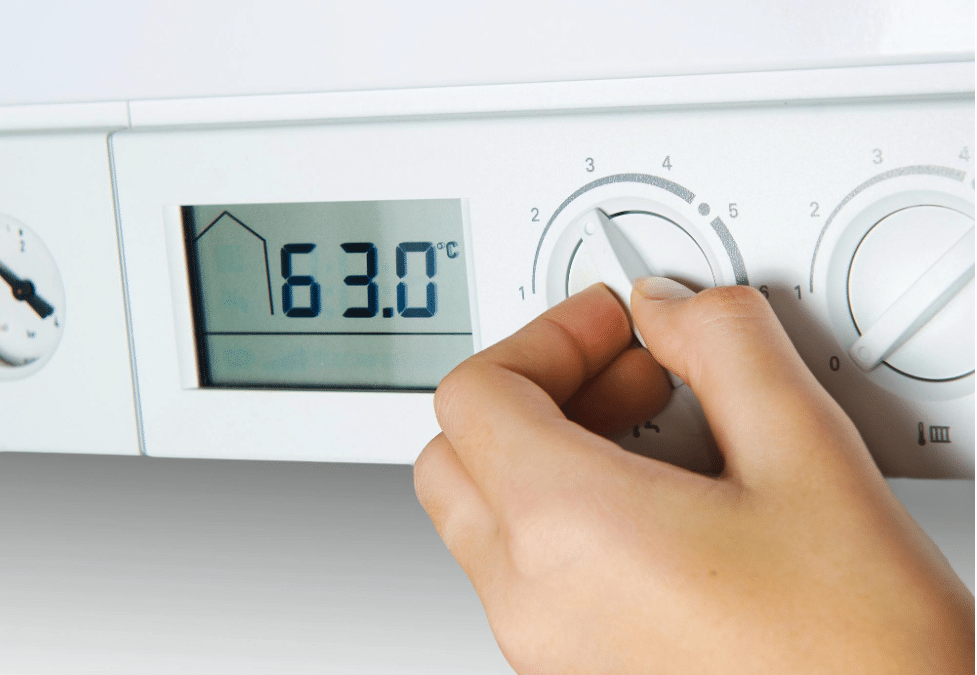Maintaining a hot water system is vital for every household, playing a critical role in ensuring its longevity. Implementing regular maintenance practices doesn’t merely mitigate the risk of unexpected system breakdowns; it can also lead to substantial cost savings over time. The improved efficiency of a well-maintained hot water system lends a hand to sustainability efforts by reducing overall energy consumption. To help you keep your system operating at its peak, we delve into practical methods to keep it healthy and efficient and significantly extend its life.
Understanding Your Hot Water System
In the vast realm of hot water systems, among the most common types are the tank, tankless, and solar varieties.
Tank systems, for instance, work by storing a large volume of water in a tank and heating it. Alternatively, tankless systems, or instantaneous or demand systems, provide hot water as needed by heating water directly as it passes through the unit. On the other hand, solar systems adopt a more sustainable approach by harnessing the sun’s energy to heat the stored water, often supplemented by a conventional electric or gas booster for times when solar energy is insufficient.
It’s essential to understand that these systems, like all household appliances, are vulnerable to the stress of regular use. Issues such as sediment build-up, leaks, and scaling can occur without proper care and maintenance. Regular maintenance, coupled with knowing what your specific hot water system requires, is critical to preventing these issues and ensuring the system’s optimal performance over time.
Regular Inspection and Tune-Ups
Scheduling regular professional inspections is a potent preventive strategy that can help prolong the life of your hot water system. A typical inspection entails checking the system for signs of leaks and corrosion, assessing the condition of the system’s components, and determining if any are close to failure or require replacement.
Such inspections can pinpoint minor issues that could escalate into significant problems if left unchecked. Dealing with these unprecedented issues can be stressful and often costly, making the case for annual inspections even stronger.
As a homeowner, it’s beneficial to be well-acquainted with the tell-tale signs that your system may need attention. Fluctuating water temperature, unusual noises, and dampness around the unit are red flags worth noting. Adopting a regular self-inspection routine is also recommended. This could include checking for apparent signs of wear, ensuring the surrounding area of the hot water system is dry, and being alert to detect any peculiar noises or odours emanating from the system.
Flushing Your Water Heater
Sediment build-up is an issue that plagues many hot water systems, especially those in areas with hard water. With time, as the hot water is heated and used, minerals and debris can accumulate at the bottom of the tank. This sediment layer can impede the heating element, reducing heating efficiency and increasing energy consumption.
Regular flushing of the system can alleviate this issue. While uncomplicated, flushing must be done with care. First, the power supply to the unit must be turned off. A hose should then be attached to the drain valve and led to a suitable drainage area. Once you’ve ensured the area is primed for drainage, you can open the valve, allowing the water and the sediment to flow out until the water runs clear.
Adhering to an annual flushing routine or flushing more frequently in areas with hard water or heavy usage can significantly boost your system’s efficiency and longevity.

Temperature Settings and Energy Efficiency
The significance of the appropriate temperature setting can’t be overstressed when maintaining an efficient hot water system. Temperatures between 49°C and 60°C are optimal for most households, striking a balance between comfort, safety, and efficiency.
Excessively high temperatures can exceed the system’s design specifications and cause undue wear and tear, leading to premature system failure. Moreover, the risk of scalding at high temperatures is a crucial safety consideration. Conversely, overly low temperatures might prove unsatisfactory for the household’s hot water needs.
With proper temperature settings, your system can operate within optimal parameters, which will have a positive impact on your energy bill and the hot water system’s overall longevity. The process of adjusting the thermostat is usually simple: locate the thermostat on your unit and alter the dial to the desired setting. To prevent accidental changes, ensure the settings are securely locked in place.
Insulating Your Hot Water System
Insulating your hot water system and the corresponding pipes has many benefits. Insulation reduces heat loss, making your system more energy-efficient—a win for your utility bills and the environment.
Various materials, such as foam wraps or fibreglass jackets, can be used for insulation. These are cost-effective options that can serve the purpose effectively for several years to come. For effective insulation, ensure the system is switched off and sufficiently cooled. Wrap the tank and pipes firmly with your chosen insulation material, securing it using adhesive tape or ties. This simple procedure can significantly cut down the energy consumption of your hot water system and reduce heat loss.
Addressing Repairs Promptly
It’s vital to identify and address repairs as soon as possible to improve and prolong the lifespan of your hot water system. Even seemingly minor issues can snowball into significant problems that demand extensive and costly repair if overlooked.
The earliest signs of a system necessitating repair often exhibit as inconsistent water temperature and unusual sounds emanating from the system like rumbling or hissing. Another alert could be an unexplained increase in water bills without a corresponding increase in usage.
Adventuresome homeowners might choose a DIY approach for minor and straightforward repairs like replacing a faulty thermostat or pressure relief valve. However, for more complex repairs or in case of uncertainty about the nature of the problem, engaging a professional is the safer and more recommended course of action. Prompt and accurate repairs can keep the system running efficiently and extend the hot water system’s life.
Conclusion
To sum up, observing a few core maintenance steps can substantially prolong the life of your hot water system and keep it operating at peak efficiency. Regular inspections, appropriate temperature management, system flushing, timely insulation and swift repairs are integral to a proactive maintenance schedule.
By implementing these practices, homeowners can reap the benefits of lower running costs and augmented efficiency, extending the water heater lifespan. For additional support and maintenance, specific professional services can provide ongoing technical support to keep your hot water system in optimised condition.
